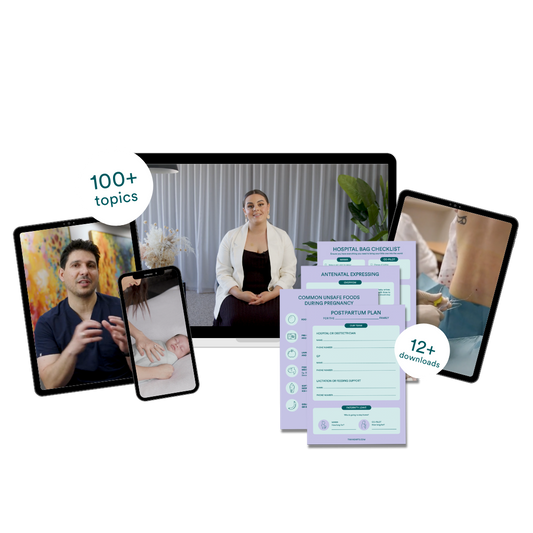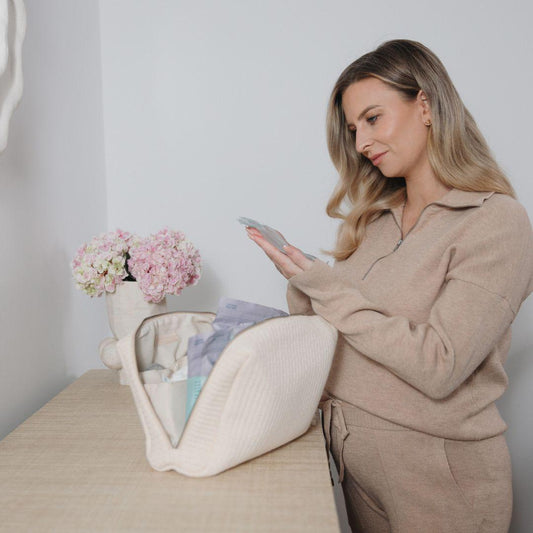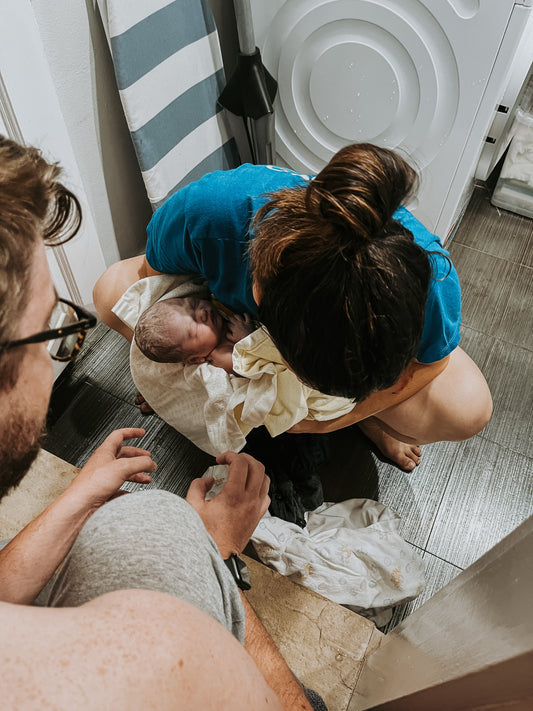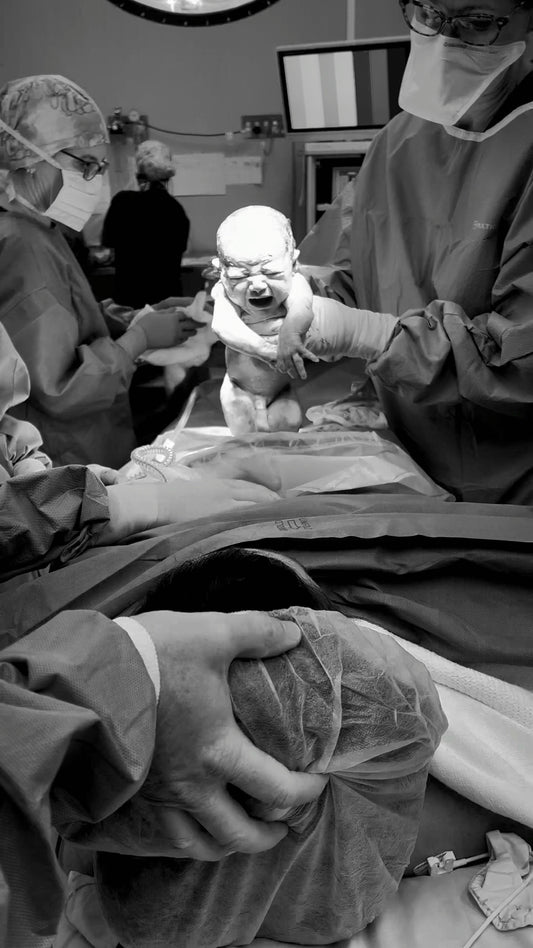As parents, we know how important it is to keep our little ones safe in every situation. But one of the most unpredictable and potentially dangerous places for kids is around water. Whether it's a trip to the pool, the beach, or even bath time, water can be fun—yet risky. The good news is that with a few simple precautions, we can help keep our children safe while they enjoy water play.
At Tiny Hearts, we understand how overwhelming it can be when you’re worried about your child’s safety. But the good news is that you don’t have to do this alone. With just a little knowledge and some thoughtful preparation, you can confidently create a safe environment for your kids to enjoy the water.
Why Water Safety Is So Important
Drowning is the leading cause of death for Australian children, and it only takes a few seconds for a tragedy to unfold. It can happen anywhere—at a backyard pool, in the bath, or even in a small puddle of water. Babies and toddlers are particularly at risk because they are top-heavy, which makes it hard for them to lift themselves out of water.
What’s even more concerning is that drowning isn’t always noisy. A child can quietly slip into the water, and you might not hear a splash or a cry for help. That’s why it’s so important to stay vigilant at all times.
Key Stats You Need to Know:
Between 2014 and 2024, there were 197 drowning deaths of children aged 0 to 4 years, with most of these occurring in swimming pools or bathtubs. (Source: Royal Life Saving Australia)
For every drowning death, around 8 children are hospitalised due to non-fatal drownings.
5 Simple Water Safety Rules Every Parent Should Know

While the stats can be alarming, we can dramatically reduce the risk of drowning by following a few proactive rules:
Constant Active Supervision
Always supervise your child around water — and by “supervise,” we mean eyes-on and undistracted. No phones. No ducking into the kitchen. Stay within arm’s reach of your child at all times.
Pro Tip: Use a “Water Watcher” card — a wearable card that shows who is responsible for watching the kids in the moment.
Restrict Access to Water
Install childproof barriers, keep bathroom doors closed, and remove potential climbing hazards near pools.
Pro Tip: Do a quick scan before heading inside: pool gate locked, toys removed, nothing your child can climb on nearby.
Learn What to Do in an Emergency
Knowing how to do CPR can be the difference between life and death.
Pro Tip: Take our Tiny Hearts First Aid course and refresh annually. Practice CPR on a manikin with your partner or support person so you're ready.
Use a Visual Cue System
With older kids, implement a “Touch Base” check-in. Every 5–10 minutes, they swim over to you and touch base. This helps you keep regular visual checks without disrupting their play.
Teach Your Child About Water Safety
Even little ones can start learning water rules.
Pro Tips: Introduce the “Hi-Five an Adult” rule — they must high-five an adult before getting in the water every time.
Practice the “No arms, no entry” rule — if they’re not within arm’s reach of an adult, they don’t go in.
Turn water safety into play. Get them to point out dangers or practice floating on their back while pretending to be a starfish.
View this post on Instagram
Water Safety in Different Environments
At the Pool
Pro Tips:
- Bright swimwear helps you spot your child quickly. Avoid blue or light green — it blends into pool water.
- Never leave toys in the water. They’re magnets for curious little ones.
- Check that pool fencing and gate latches are in good condition. Replace or repair as needed.
At the Beach
Pro Tips:
- Swim between the flags. Always.
- Bring a lifejacket for boat trips or rockpooling.
- Teach your child to lie on their back and yell for help if they’re in trouble.
- Practice this in a safe, calm water environment so it becomes muscle memory.
At Home
Pro Tips:
- Remove the bath plug immediately after bath time. Store it up high.
- Drain all water from buckets, baths and even eskies after use.
- Secure toilet lids if your child is very young — they’re surprisingly risky.
Hidden Hazards to Be Aware Of
- Pet water bowls
- Uncovered fishponds or water features
- Eskies and coolers left outside
- Buckets or troughs from gardening or car washing
All can pose a risk, especially to crawlers and toddlers.
The Takeaway: You’ve Got This
Feeling worried about your child's safety is part of being a parent — but you’re not alone. By staying informed, putting a few extra safety habits in place, and practising regularly with your child, you're already doing an incredible job. You’ve got this.
P.S. If you haven’t yet, take the step to enrol in our Tiny Hearts First Aid course — it could be the most important thing you do this year.








